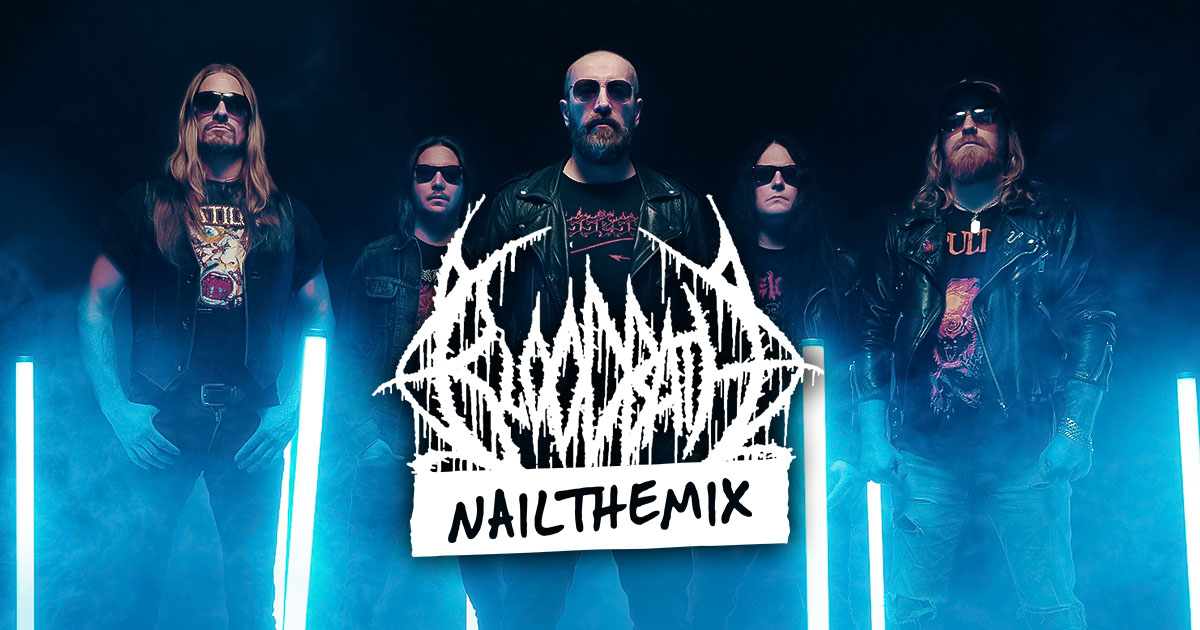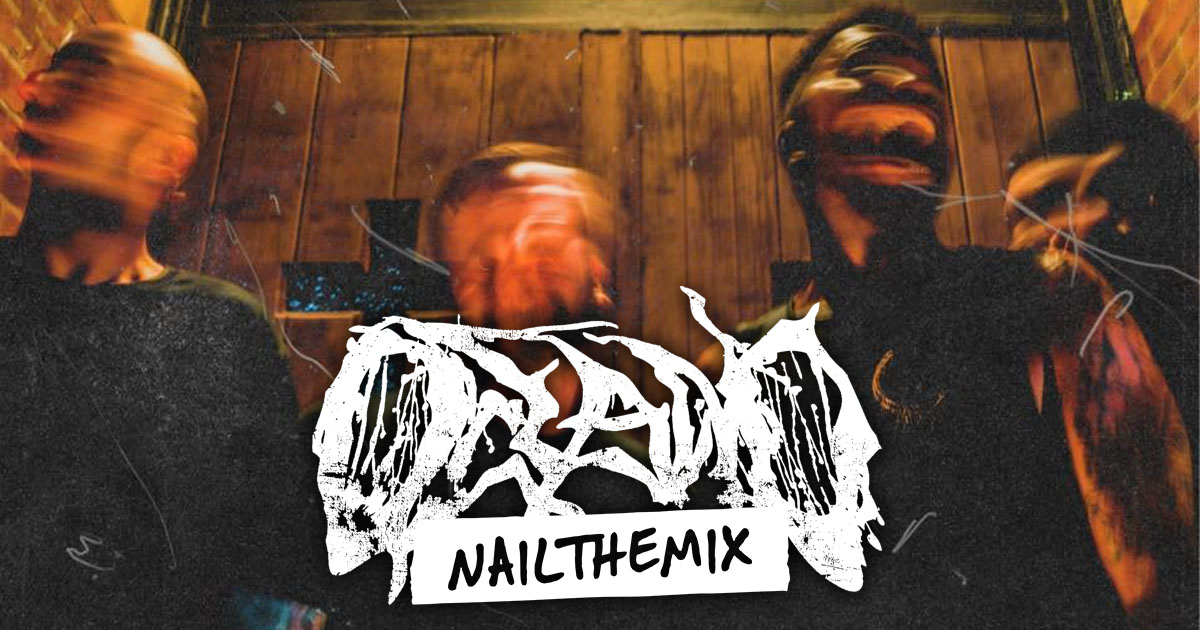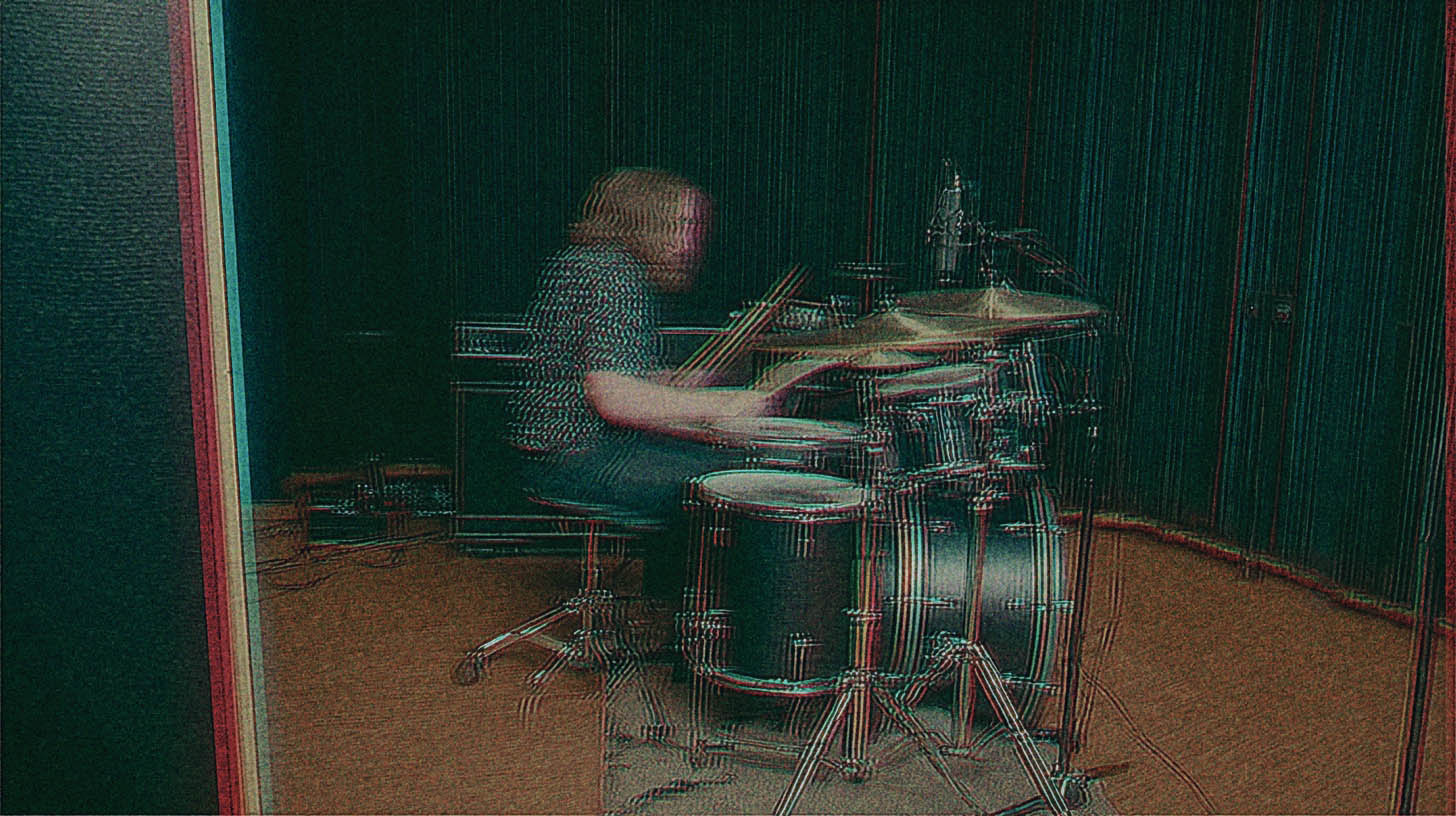
Crafting Bloodbath’s Brutal Guitar Tones with Lawrence Mackrory
Nail The Mix Staff
In a world filled with the same amp sims and plugins, it’s easy to fall into the trap of your mixes sounding just like everyone else’s. But how do you create a truly face-melting, unique guitar tone that stands out? You go down the rabbit hole.
That’s exactly what producer Lawrence Mackrory did for the Bloodbath album Survival of the Sickest. Moving away from the band’s previous Stockholm HM-2-centric sound, the goal was a more American, Florida-style death metal assault inspired by legends like Morbid Angel, Deicide, and Cannibal Corpse. This meant building a brand new guitar sound from the ground up, using some of the most overlooked and unconventional gear imaginable.
Here’s a breakdown of the brilliant, mind-bending techniques Lawrence used to create these sick guitar tones.
The Foundation: Building a Unique High-Gain Tone
To achieve that crushing American sound, Lawrence started with a clean DI signal and began experimenting. Instead of reaching for a familiar amp head, he dove into his pedal collection, looking for something that could work as a preamp running directly into an amp’s effects return. This method bypasses the amp’s own preamp stage, letting the pedal’s character dominate the sound.
The “Pulverize” Preamp: Line 6 Uber Metal
The core of the main left and right rhythm guitars came from a pedal many have written off: the Line 6 Uber Metal. Yep, that wild-looking silver box. By setting the pedal to its “Pulverize” mode and running it into the effects return of a Peavey JSX power amp, Lawrence created a monstrously heavy and unique high-gain foundation.
Using a pedal like this as a preamp is a perfect example of finding a use for something in a way it was never intended. It’s a move that gives you a tone that is nearly impossible to replicate with standard plugins or amps.
The Center Channel: Enter the Metal Zone
To give the guitar sound more width and texture, Lawrence didn’t just copy the main tone for the center guitar. Instead, he reached for another infamous pedal: the Boss MT-2 Metal Zone.
Just like the Uber Metal, the Metal Zone was used as a preamp straight into the effects return. Its notoriously powerful EQ section allowed him to sculpt a tone that complemented the main L/R guitars perfectly, adding a different flavor to the center of the mix and making the overall sound feel bigger and more complex.
Adding the Sizzle: The Legendary Boss HM-2
After crafting the main tones, Lawrence felt they were a bit too clean and dry. Thomas’ picking is incredibly precise, and the tones needed some extra “dirt” and “vibe” to really roar. The solution? Blending in a layer of the one and only Boss HM-2 Heavy Metal pedal.
The “All Knobs Maxed” Setting
True to the old-school Stockholm death metal tradition, the HM-2 was set with every single knob cranked to full. This is the only way to get that signature, chainsaw-grinding fuzz that defined an entire genre.
A Bizarre-But-Brilliant Signal Chain
Here’s where it gets really creative. Lawrence didn’t run the HM-2 into an amp. Instead, he took the clean DI signal and ran it directly through the HM-2, recording only the pedal’s gnarly, abrasive output into his DAW.
To give that DI signal some weight, he then ran it through the Fortin Cali amp sim plugin on a slightly crunchy setting. The HM-2 track wasn’t meant to be the main tone; it was blended in at a lower volume underneath the Uber Metal and Metal Zone tracks. This added a layer of disgusting, phasey sizzle that made the clean pick attack sound way more aggressive and saturated. It’s a technique similar to blending in parallel saturation to give an element more vibe and character.
The Final Touches: Cabs and Impulse Responses
To capture the sound of the Peavey JSX power amp working its magic, Lawrence used a Two Notes load box, though he noted the JSX has a fantastic line-out that can be used without a cabinet attached.
The final piece of the tonal puzzle was the Impulse Responses (IRs). After auditioning several options, he landed on Cali Cabs IRs, which are based on classic Mesa Vintage 30 speakers. The choice of IR is one of the most critical steps in shaping a final guitar tone, acting as a powerful final EQ stage that defines its character in the mix.
Go Build Your Own Brutal Tones
These kinds of out-of-the-box experiments are what create legendary, memorable tones. Taking gear that’s considered “bad” or “unusable” and forcing it to work in a new context is the definition of sonic innovation.
- Main Guitars: Line 6 Uber Metal into an amp’s effects return.
- Center Guitar: Boss Metal Zone for a different texture.
- Sizzle Layer: A DI track running through a maxed-out Boss HM-2, then into an amp sim.
Imagine watching a pro like Lawrence actually build this tone from the DI tracks, blend in the HM-2, and mix it with crushing drums and bass. In our exclusive session, you can see him mix this entire Bloodbath track from start to finish. You can get instant access to the full Bloodbath mixing session with Lawrence Mackrory and download the multi-tracks to practice on yourself.
Bloodbath on Nail The Mix
Lawrence Mackrory mixes "Zombie Inferno"
Get the Session
That’s exactly what you get with Nail The Mix. Every month, you get to watch a world-class producer mix a real song from a massive band, and you get all the files to do it yourself. And if you’re looking to fundamentally improve your skills, check out our comprehensive production and mixing courses.
Now, go find some weird pedals and make some noise.
Get a new set of multi-tracks every month from a world-class artist, a livestream with the producer who mixed it, 100+ tutorials, our exclusive plugins and more
Get Started for $1





